Rakesh Shivanna
Dima
Gemma 3 Technical Report
Mar 25, 2025Abstract:We introduce Gemma 3, a multimodal addition to the Gemma family of lightweight open models, ranging in scale from 1 to 27 billion parameters. This version introduces vision understanding abilities, a wider coverage of languages and longer context - at least 128K tokens. We also change the architecture of the model to reduce the KV-cache memory that tends to explode with long context. This is achieved by increasing the ratio of local to global attention layers, and keeping the span on local attention short. The Gemma 3 models are trained with distillation and achieve superior performance to Gemma 2 for both pre-trained and instruction finetuned versions. In particular, our novel post-training recipe significantly improves the math, chat, instruction-following and multilingual abilities, making Gemma3-4B-IT competitive with Gemma2-27B-IT and Gemma3-27B-IT comparable to Gemini-1.5-Pro across benchmarks. We release all our models to the community.
A Little Help Goes a Long Way: Efficient LLM Training by Leveraging Small LMs
Oct 24, 2024
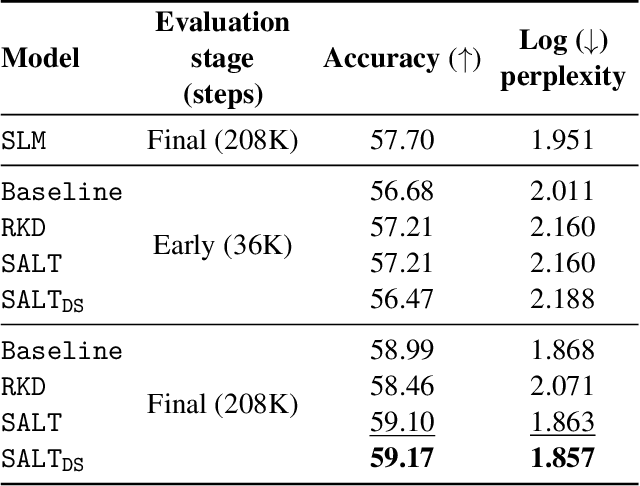

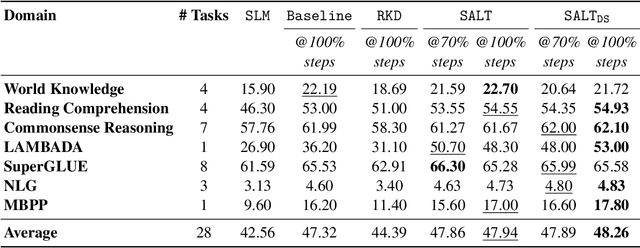
Abstract:A primary challenge in large language model (LLM) development is their onerous pre-training cost. Typically, such pre-training involves optimizing a self-supervised objective (such as next-token prediction) over a large corpus. This paper explores a promising paradigm to improve LLM pre-training efficiency and quality by suitably leveraging a small language model (SLM). In particular, this paradigm relies on an SLM to both (1) provide soft labels as additional training supervision, and (2) select a small subset of valuable ("informative" and "hard") training examples. Put together, this enables an effective transfer of the SLM's predictive distribution to the LLM, while prioritizing specific regions of the training data distribution. Empirically, this leads to reduced LLM training time compared to standard training, while improving the overall quality. Theoretically, we develop a statistical framework to systematically study the utility of SLMs in enabling efficient training of high-quality LLMs. In particular, our framework characterizes how the SLM's seemingly low-quality supervision can enhance the training of a much more capable LLM. Furthermore, it also highlights the need for an adaptive utilization of such supervision, by striking a balance between the bias and variance introduced by the SLM-provided soft labels. We corroborate our theoretical framework by improving the pre-training of an LLM with 2.8B parameters by utilizing a smaller LM with 1.5B parameters on the Pile dataset.
Gemini 1.5: Unlocking multimodal understanding across millions of tokens of context
Mar 08, 2024Abstract:In this report, we present the latest model of the Gemini family, Gemini 1.5 Pro, a highly compute-efficient multimodal mixture-of-experts model capable of recalling and reasoning over fine-grained information from millions of tokens of context, including multiple long documents and hours of video and audio. Gemini 1.5 Pro achieves near-perfect recall on long-context retrieval tasks across modalities, improves the state-of-the-art in long-document QA, long-video QA and long-context ASR, and matches or surpasses Gemini 1.0 Ultra's state-of-the-art performance across a broad set of benchmarks. Studying the limits of Gemini 1.5 Pro's long-context ability, we find continued improvement in next-token prediction and near-perfect retrieval (>99%) up to at least 10M tokens, a generational leap over existing models such as Claude 2.1 (200k) and GPT-4 Turbo (128k). Finally, we highlight surprising new capabilities of large language models at the frontier; when given a grammar manual for Kalamang, a language with fewer than 200 speakers worldwide, the model learns to translate English to Kalamang at a similar level to a person who learned from the same content.
On the Factory Floor: ML Engineering for Industrial-Scale Ads Recommendation Models
Sep 12, 2022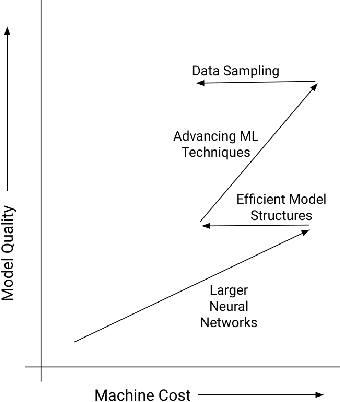
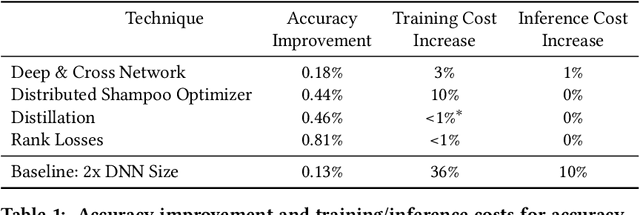
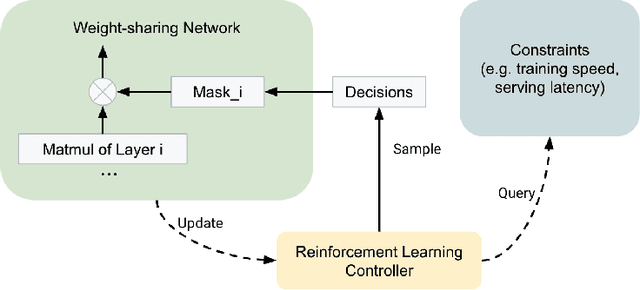
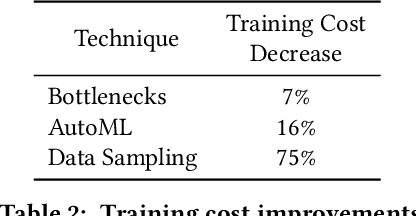
Abstract:For industrial-scale advertising systems, prediction of ad click-through rate (CTR) is a central problem. Ad clicks constitute a significant class of user engagements and are often used as the primary signal for the usefulness of ads to users. Additionally, in cost-per-click advertising systems where advertisers are charged per click, click rate expectations feed directly into value estimation. Accordingly, CTR model development is a significant investment for most Internet advertising companies. Engineering for such problems requires many machine learning (ML) techniques suited to online learning that go well beyond traditional accuracy improvements, especially concerning efficiency, reproducibility, calibration, credit attribution. We present a case study of practical techniques deployed in Google's search ads CTR model. This paper provides an industry case study highlighting important areas of current ML research and illustrating how impactful new ML methods are evaluated and made useful in a large-scale industrial setting.
Algorithms for Efficiently Learning Low-Rank Neural Networks
Feb 03, 2022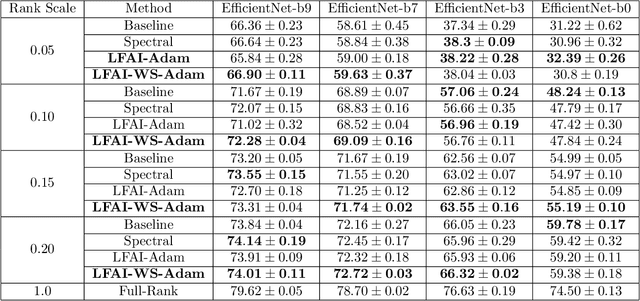
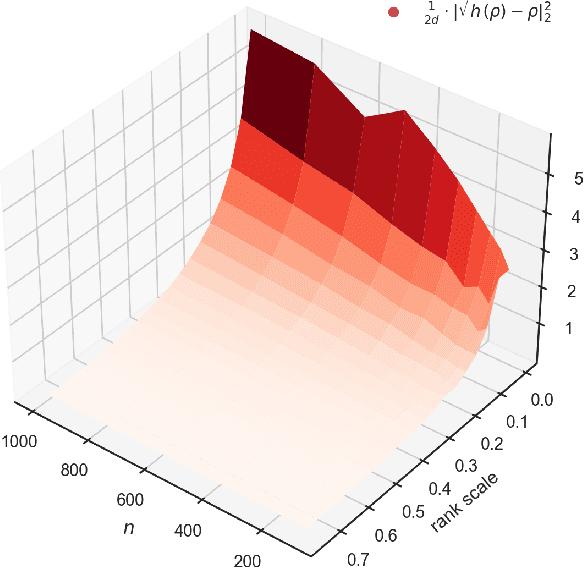
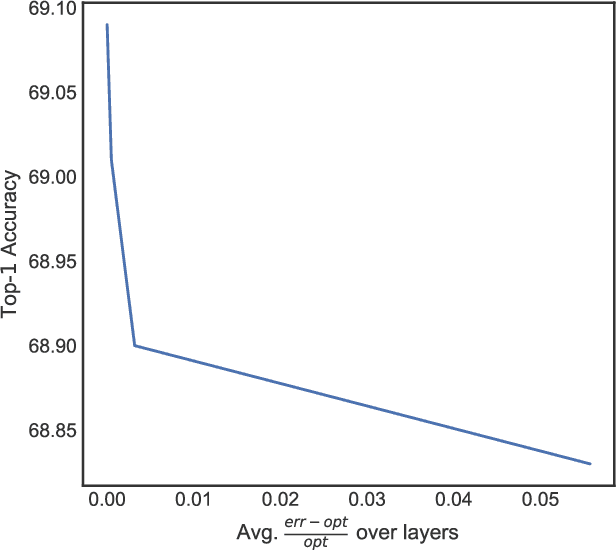

Abstract:We study algorithms for learning low-rank neural networks -- networks where the weight parameters are re-parameterized by products of two low-rank matrices. First, we present a provably efficient algorithm which learns an optimal low-rank approximation to a single-hidden-layer ReLU network up to additive error $\epsilon$ with probability $\ge 1 - \delta$, given access to noiseless samples with Gaussian marginals in polynomial time and samples. Thus, we provide the first example of an algorithm which can efficiently learn a neural network up to additive error without assuming the ground truth is realizable. To solve this problem, we introduce an efficient SVD-based $\textit{Nonlinear Kernel Projection}$ algorithm for solving a nonlinear low-rank approximation problem over Gaussian space. Inspired by the efficiency of our algorithm, we propose a novel low-rank initialization framework for training low-rank $\textit{deep}$ networks, and prove that for ReLU networks, the gap between our method and existing schemes widens as the desired rank of the approximating weights decreases, or as the dimension of the inputs increases (the latter point holds when network width is superlinear in dimension). Finally, we validate our theory by training ResNet and EfficientNet models on ImageNet.
DCN-M: Improved Deep & Cross Network for Feature Cross Learning in Web-scale Learning to Rank Systems
Aug 19, 2020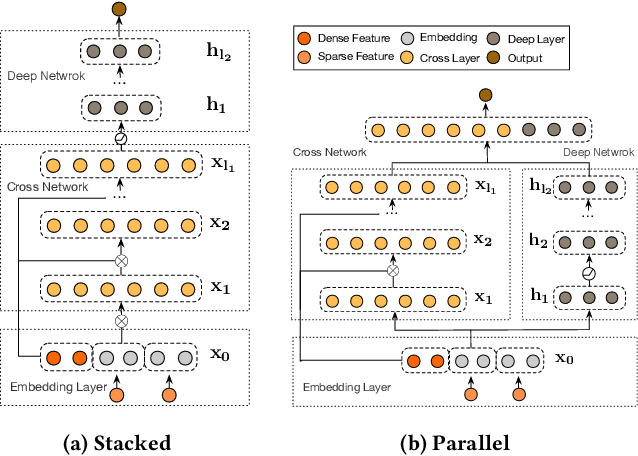

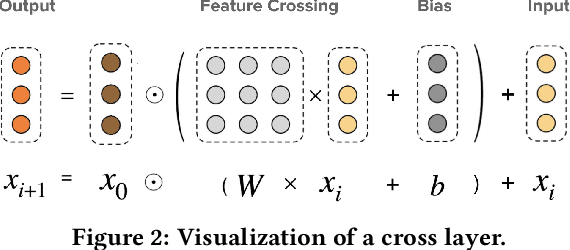

Abstract:Learning effective feature crosses is the key behind building recommender systems. However, the sparse and large feature space requires exhaustive search to identify effective crosses. Deep & Cross Network (DCN) was proposed to automatically and efficiently learn bounded-degree predictive feature interactions. Unfortunately, in models that serve web-scale traffic with billions of training examples, DCN showed limited expressiveness in its cross network at learning more predictive feature interactions. Despite significant research progress made, many deep learning models in production still rely on traditional feed-forward neural networks to learn feature crosses inefficiently. In light of the pros/cons of DCN and existing feature interaction learning approaches, we propose an improved framework DCN-M to make DCN more practical in large-scale industrial settings. In a comprehensive experimental study with extensive hyper-parameter search and model tuning, we observed that DCN-M approaches outperform all the state-of-the-art algorithms on popular benchmark datasets. The improved DCN-M is more expressive yet remains cost efficient at feature interaction learning, especially when coupled with a mixture of low-rank architecture. DCN-M is simple, can be easily adopted as building blocks, and has delivered significant offline accuracy and online business metrics gains across many web-scale learning to rank systems.
Understanding and Improving Knowledge Distillation
Feb 10, 2020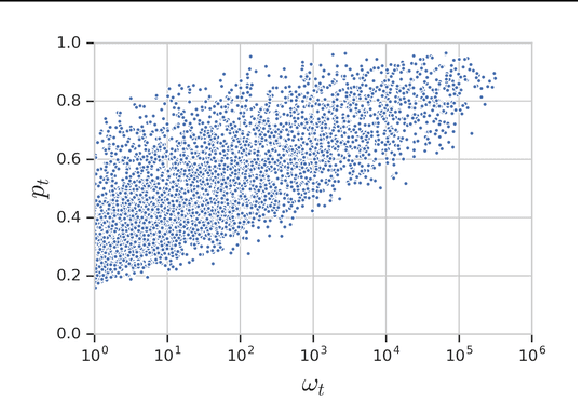
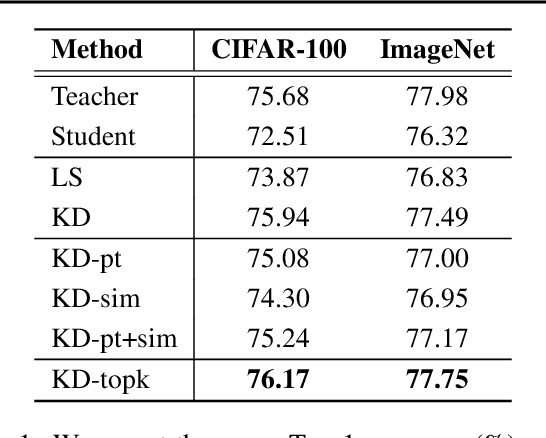

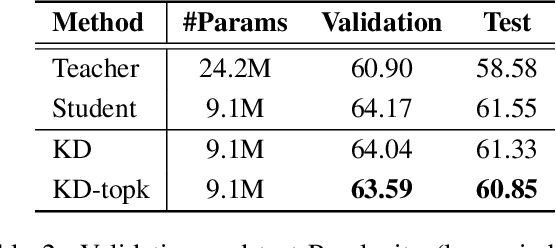
Abstract:Knowledge distillation is a model-agnostic technique to improve model quality while having a fixed capacity budget. It is a commonly used technique for model compression, where a higher capacity teacher model with better quality is used to train a more compact student model with better inference efficiency. Through distillation, one hopes to benefit from student's compactness, without sacrificing too much on model quality. Despite the large success of knowledge distillation, better understanding of how it benefits student model's training dynamics remains under-explored. In this paper, we dissect the effects of knowledge distillation into three main factors: (1) benefits inherited from label smoothing, (2) example re-weighting based on teacher's confidence on ground-truth, and (3) prior knowledge of optimal output (logit) layer geometry. Using extensive systematic analyses and empirical studies on synthetic and real-world datasets, we confirm that the aforementioned three factors play a major role in knowledge distillation. Furthermore, based on our findings, we propose a simple, yet effective technique to improve knowledge distillation empirically.
How Many Pairwise Preferences Do We Need to Rank A Graph Consistently?
Nov 06, 2018
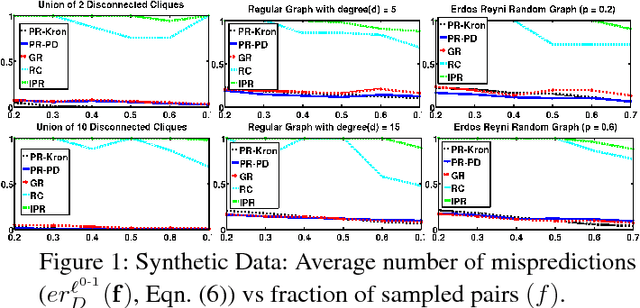
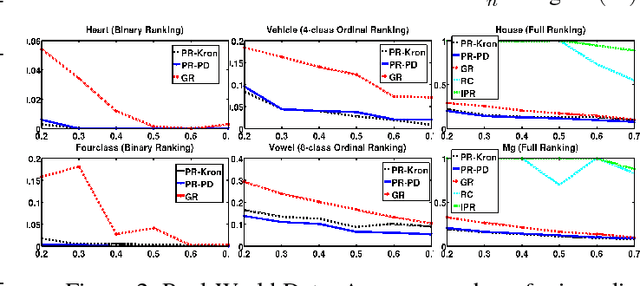
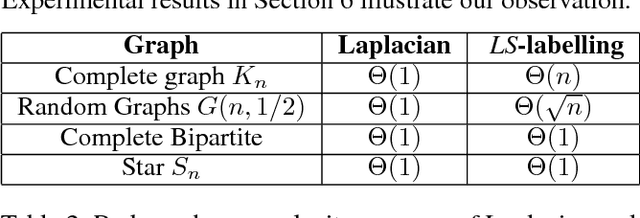
Abstract:We consider the problem of optimal recovery of true ranking of $n$ items from a randomly chosen subset of their pairwise preferences. It is well known that without any further assumption, one requires a sample size of $\Omega(n^2)$ for the purpose. We analyze the problem with an additional structure of relational graph $G([n],E)$ over the $n$ items added with an assumption of \emph{locality}: Neighboring items are similar in their rankings. Noting the preferential nature of the data, we choose to embed not the graph, but, its \emph{strong product} to capture the pairwise node relationships. Furthermore, unlike existing literature that uses Laplacian embedding for graph based learning problems, we use a richer class of graph embeddings---\emph{orthonormal representations}---that includes (normalized) Laplacian as its special case. Our proposed algorithm, {\it Pref-Rank}, predicts the underlying ranking using an SVM based approach over the chosen embedding of the product graph, and is the first to provide \emph{statistical consistency} on two ranking losses: \emph{Kendall's tau} and \emph{Spearman's footrule}, with a required sample complexity of $O(n^2 \chi(\bar{G}))^{\frac{2}{3}}$ pairs, $\chi(\bar{G})$ being the \emph{chromatic number} of the complement graph $\bar{G}$. Clearly, our sample complexity is smaller for dense graphs, with $\chi(\bar G)$ characterizing the degree of node connectivity, which is also intuitive due to the locality assumption e.g. $O(n^\frac{4}{3})$ for union of $k$-cliques, or $O(n^\frac{5}{3})$ for random and power law graphs etc.---a quantity much smaller than the fundamental limit of $\Omega(n^2)$ for large $n$. This, for the first time, relates ranking complexity to structural properties of the graph. We also report experimental evaluations on different synthetic and real datasets, where our algorithm is shown to outperform the state-of-the-art methods.
 Add to Chrome
Add to Chrome Add to Firefox
Add to Firefox Add to Edge
Add to Edge